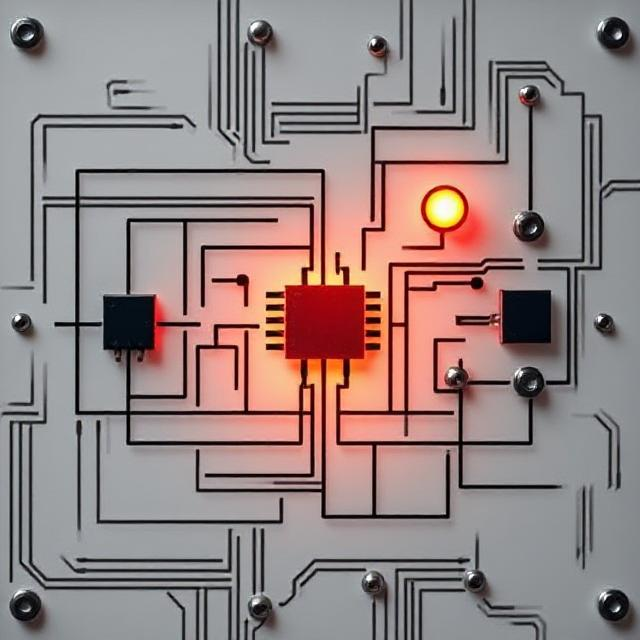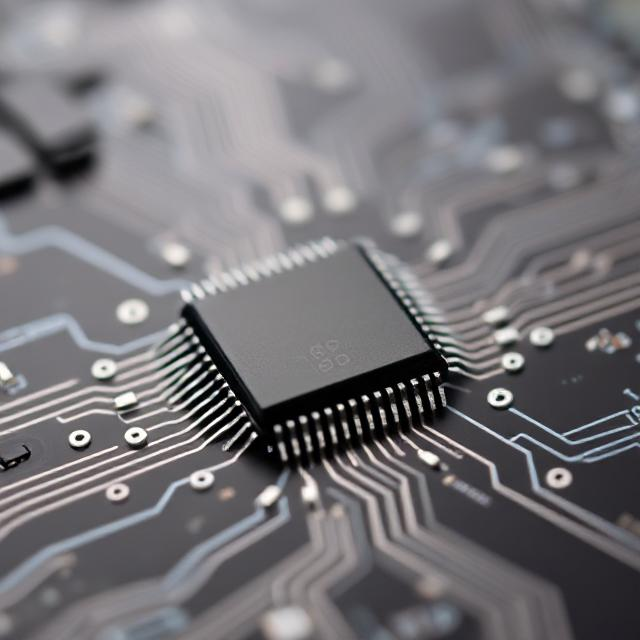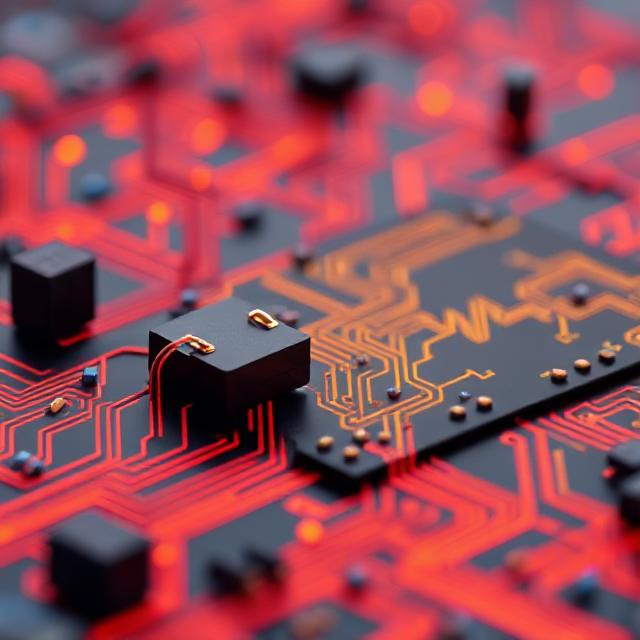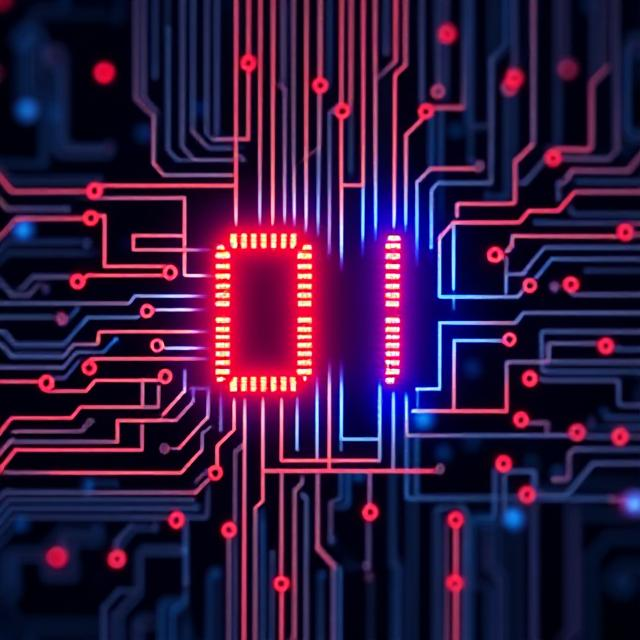1. What Are Digital Integrated Circuits?
A digital integrated circuit is a miniaturized electronic circuit that operates on digital signals. These signals are represented by binary values—typically “0” (low voltage) and “1” (high voltage). Unlike analog circuits, which process continuous signals, digital ICs deal with discrete voltage levels to perform logical operations, data processing, and communication.

Integrated circuits are manufactured on a single semiconductor chip, often made of silicon, and may contain millions—or even billions—of transistors, resistors, and other components. Digital ICs are designed to perform specific digital functions and are grouped based on complexity and functionality.
2. Types of Digital Integrated Circuits
Digital ICs can be broadly classified into the following categories:
a) Logic Gates and Gate-Level ICs
These are the simplest digital ICs and include basic logic gates such as AND, OR, NOT, NAND, NOR, XOR, and XNOR. They form the foundation of all digital electronics.
-
Example: 7400 series TTL chips, like the 7404 (NOT gate) or 7408 (AND gate).
b) Combinational Logic ICs
These circuits perform functions based on present input values only. They include:
-
Multiplexers (MUX)
-
Demultiplexers (DEMUX)
-
Encoders and Decoders
-
Adders and Subtractors
c) Sequential Logic ICs
Sequential circuits have memory; their output depends on current inputs and previous states. These include:
-
Flip-Flops (SR, JK, D, T)
-
Registers
-
Counters
-
Shift Registers
d) Memory ICs
Memory ICs are used to store binary information. They include RAM (Random Access Memory), ROM (Read-Only Memory), Flash memory, and more.
e) Microprocessors and Microcontrollers
These are highly complex ICs that function as the brain of digital systems. They can perform arithmetic, logic, control, and I/O operations.
-
Microprocessor (CPU): Executes instructions from software programs.
-
Microcontroller (MCU): Combines a processor with memory and I/O interfaces.
3. Advantages of Digital ICs
Digital integrated circuits offer several advantages that make them ideal for modern applications:
-
Miniaturization: Millions of functions in a tiny chip.
-
Speed: Fast operation due to high switching speeds of transistors.
-
Reliability: Less noise, more accuracy, and consistent performance.
-
Low Power Consumption: Especially in CMOS-based ICs.
-
Cost-Effective: Mass production makes them inexpensive.
-
Flexibility: Easily reprogrammable and scalable.
4. Applications of Digital Integrated Circuits
Digital ICs are found in virtually every modern electronic device. Some key application areas include:
-
Consumer Electronics: Smartphones, TVs, game consoles, and cameras.
-
Computers and Networking: CPUs, RAM, network cards, and storage controllers.
-
Industrial Automation: PLCs, sensor interfaces, and motor control systems.
-
Automotive Electronics: Engine control units, infotainment systems, and safety sensors.
-
Medical Devices: Diagnostic machines, digital thermometers, and pacemakers.
-
Communication Systems: Mobile phones, routers, satellites, and modems.
5. Technologies Used in Digital ICs
The most commonly used technologies in the fabrication of digital ICs are:
-
CMOS (Complementary Metal-Oxide Semiconductor): Low power consumption, high noise immunity. Most widely used.
-
TTL (Transistor-Transistor Logic): Earlier technology, faster but consumes more power.
-
ECL (Emitter-Coupled Logic): Very high-speed operation, used in specialized applications.
With the advancement in fabrication technology, features like VLSI (Very Large Scale Integration) and ULSI (Ultra-Large Scale Integration) have allowed designers to embed millions to billions of components into a single chip, enabling the creation of powerful processors and systems-on-chip (SoCs).
Conclusion
Digital Integrated Circuits are the invisible engines that drive the digital world. They have transformed electronics by enabling complex, fast, and reliable operations in a compact form factor. With ongoing innovations in semiconductor technology, digital ICs continue to evolve, becoming smaller, faster, and more efficient. As we move into an era dominated by artificial intelligence, automation, and ubiquitous computing, digital ICs will remain at the core of technological progress.











